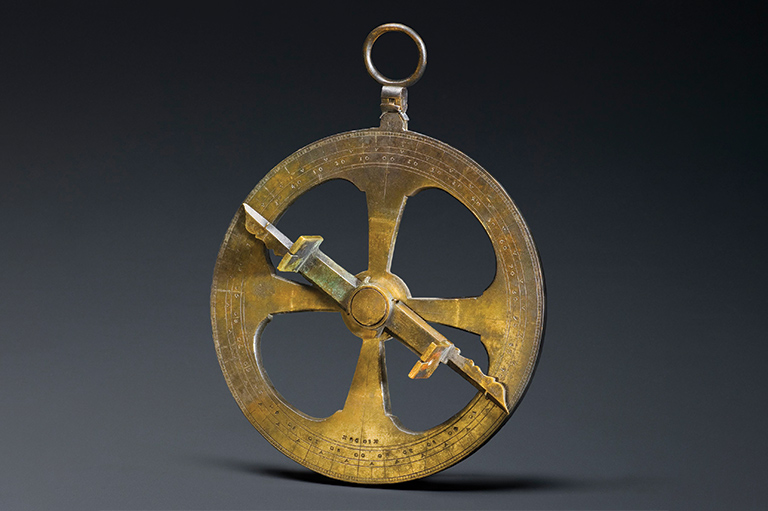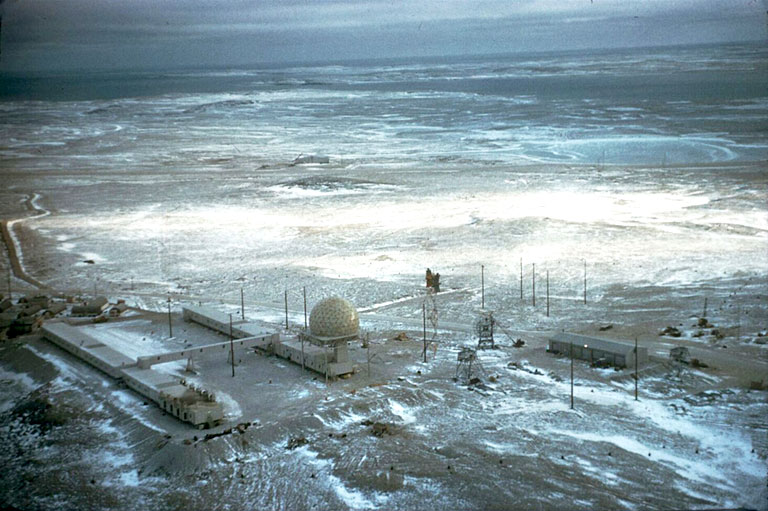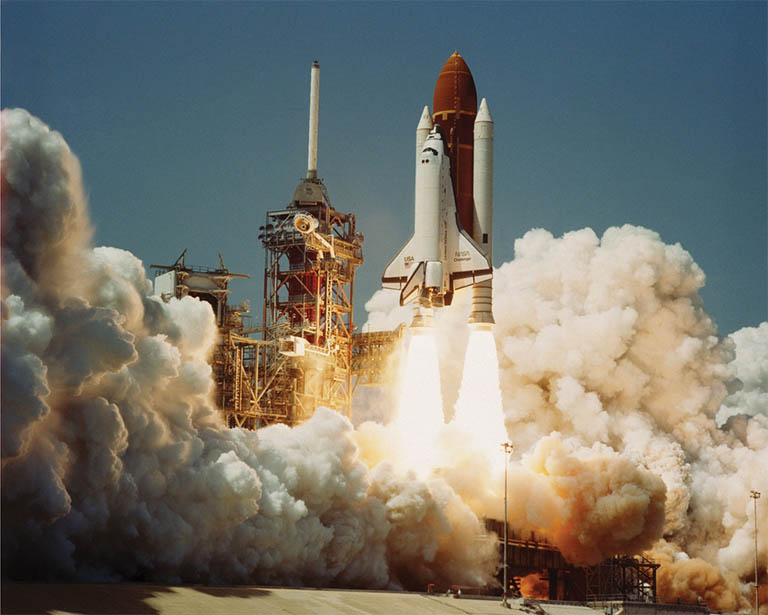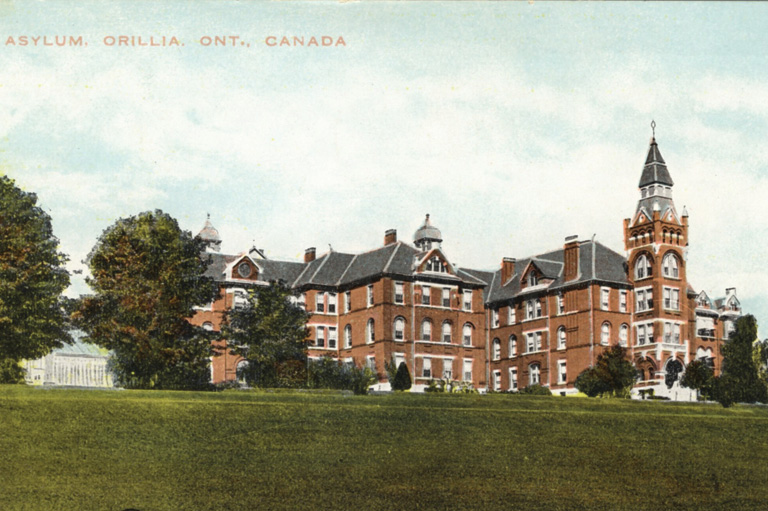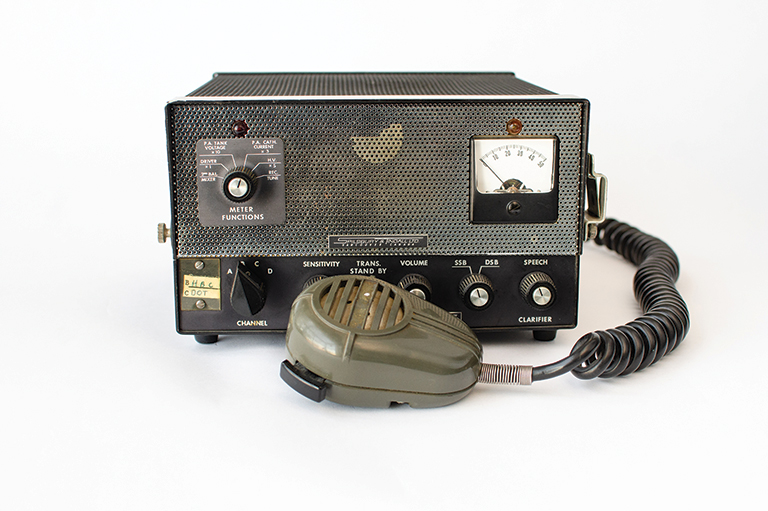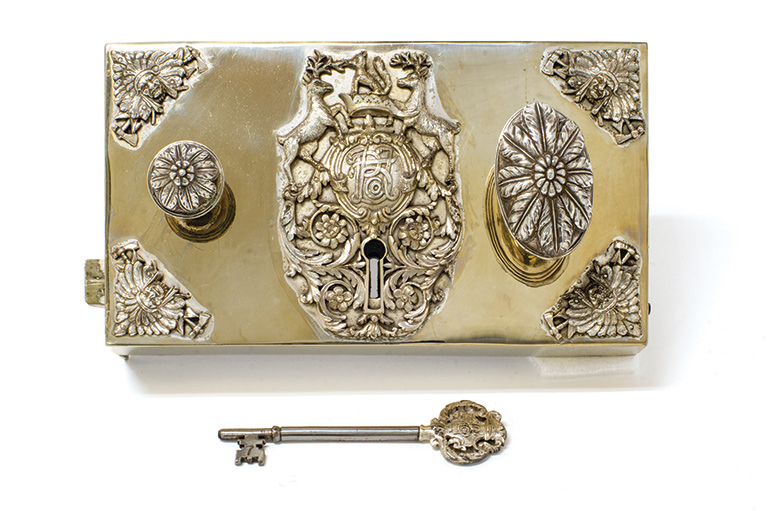Ultimate History
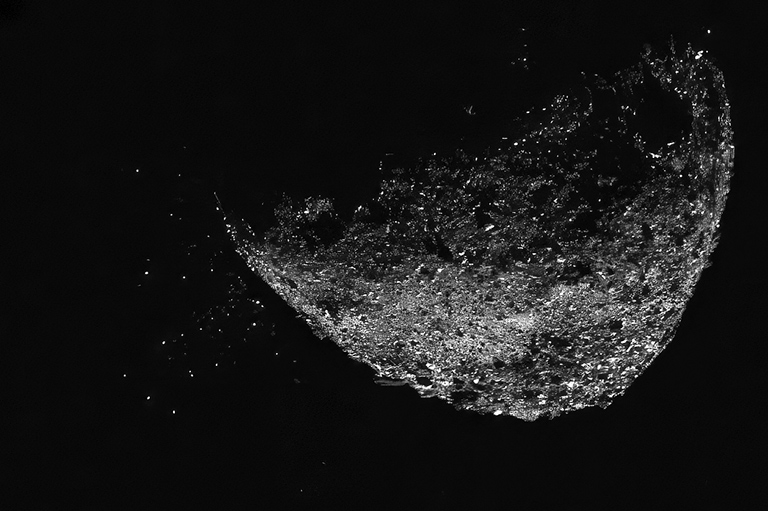
It’s the historical mystery of all historical mysteries — how did life begin on Earth? The answer won’t be found in an archive or an ancient ruin. But there’s a chance researchers may find clues in a “time capsule” drifting through space.
One of those researchers is Ed Cloutis, a planetary geologist at the University of Winnipeg. Cloutis is part of a team studying a 4.5-billion-year-old asteroid with an orbit that sometimes brings it near Earth. The asteroid is named Bennu, and, if it were sitting beside the Parliament Buildings in Ottawa, it would be about five times taller than the Peace Tower.
A NASA space probe named OSIRIS-REx returned to Earth with samples from Bennu last year. Canada supplied an instrument for the spacecraft, in exchange securing a chance to analyze a portion of a sample for research purposes.
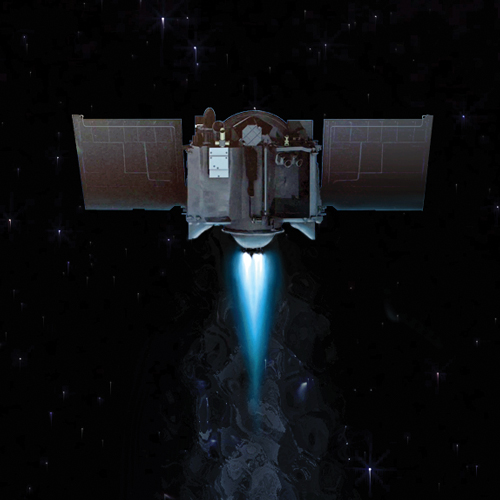
Cloutis and researchers at other Canadian universities hope to learn what conditions were like in the early solar system and whether the building blocks of life already existed in space as Earth was forming.
“We’re doing history going back four and a half billion years,” Cloutis said. “From these asteroids we get insights into what the early solar system was like. Was it a nice, calm place where planets just kind of formed gently? Or was it just things flying all over the place and crashing into each other?”
Among the most exciting discoveries by NASA was that the asteroid may contain organic molecules and water. Scientists theorize that asteroids like Bennu crashed into the early Earth and seeded it with the raw materials necessary to kick-start life.
While Earth is believed to be the same age as Bennu, it’s difficult to determine when life on the planet began. Earth started as a ball of molten rock, then cooled to form a crust, which was churned and broken up on the volatile surface. Surviving samples of early crust yield only faint proof of life or its building blocks, said Cloutis. However, rocks found near Thunder Bay, Ontario, that are nearly two billion years old hold more definitive evidence.
Sign up for any of our newsletters and be eligible to win one of many book prizes available.
“They’re not the oldest rocks with evidence of life, but they are probably the oldest rocks with the best evidence of life,” Cloutis says. “You could see cells, preserved cells, in there with cellular walls and that kind of thing.”
This is why scientists are excited to have samples from Bennu. Unlike asteroids or meteorites found on Earth after fiery descents through the atmosphere, Bennu has drifted through space unchanged. There’s a good chance that it’s similar in structure and chemistry to some of the material that bombarded the young planet.
“We think of asteroids as time capsules, because on Earth we don’t have rocks that are that old,” said Cloutis. “So we really don’t have anything here that gives us the same kind of insights that we get from asteroids.”
And one other thing: There’s a chance Bennu may collide with Earth some day — just like the asteroids that may have seeded life here.
“Yeah, it’s way down the road, so I’m not worried about that,” Cloutis said with a chuckle. “That’s way past my great-great-grandchildren’s time.”
While we celebrate Earth Month every April, it's important to remember our impact on nature and the environment every day. The First Nations, Inuit and Metis of Canada understood the importance of living in harmony with nature, and shared that knowledge with new arrivals as early as the 15th century.
If you believe that stories of climate and nature, and their impacts on early Canadians, should be more widely known, help us do more. Your donation of $10, $25, or whatever amount you like, will allow Canada’s History to share Indigenous stories with readers of all ages, ensuring the widest possible audience can access these stories for free.
Any amount helps, or better yet, start a monthly donation today. Your support makes all the difference. Thank you!
Themes associated with this article
Advertisement
You might also like...
Save as much as 52% off the cover price! 6 issues per year as low as $29.95. Available in print and digital.

